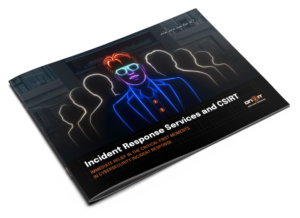Reading time: 3 minutes
Category: Opinion
Author: Yuri Bobbert
Community banks play a vital role in local economies, yet they face increasing cybersecurity challenges. Unlike larger financial institutions, they often struggle with limited resources, outdated technology, and complex regulations.
The rise of FinTech partnerships further complicates security, as seen in the 2024 Evolve Bank & Trust breach, where cybercriminals exploited vulnerabilities in third-party relationships.

Why are community banks vulnerable?
Before diving in, let’s take a step back and look at the bigger picture. The financial industry as a whole is an obvious target for cyberattacks and on top of that, community banks face unique challenges that make them particularly vulnerable:
- Limited Cybersecurity Staff: Many banks don’t have dedicated, around the clock security teams, which can leave gaps that attackers exploit.
- Legacy Technology: Legacy systems may lack modern protections like real-time monitoring, endpoint protection and avanced threat detection.
- Increasing Fraud & Financial Crimes: From phishing, to identity theft, to fraudulent transactions – financial cybercrime continues to be on the rise.
- Regulatory Pressure: Keeping up with changing compliance requirements demands significant resources not all banks can manage in-house.
- Dependence on Internal Solutions: Some banks hesitate to bring in external cybersecurity experts, believing their in-house teams can handle everything. This mindset, also known as the ‘IKEA Effect’, can lead to blind spots in security.
How Zero Trust helps
Zero Trust operates under the motto of ‘never trust, always verify’. Contrary to popular believe, this isn’t about not putting your trust in people. Instead, it’s about ensuring no network traffic, internal or external, is inherently trusted. By making use of continuous verification and strict access policies you reduce cyber risks.
So, how does that work?
One of the key Zero Trust benefits is the prioritization of high-value assets, ensuring that critical resources like financial data and transaction logs remain protected.
Continuous authentication measures, such as multi-factor authentication (MFA) and endpoint verification, guarantee that only authorized users gain access. Automated threat detection, powered by AI-driven analytics and real-time monitoring, helps identify suspicious activity before it can cause harm.
Additionally, Zero Trust enhances regulatory compliance by providing built-in security dashboards that align with compliance frameworks, making audits more straightforward.
Finally, by automating security processes, organizations can reduce costs and minimize the need for large in-house security teams.
The bottom line
Cyber threats aren’t slowing down, and community banks can’t afford to rely on outdated security models. Yet many community banks lack the resources to implement strategies like Zero Trust independently.
This is where managed cybersecurity offers a practical, scalable solution to enhance cybersecurity, ensure compliance, and protect both financial institutions and their customers. It provides enterprise-level security, automated compliance, and dedicated cybersecurity expertise without requiring major investments.
With clear service-level agreements (SLAs) and predictable operational costs, this enables community banks to focus on their core mission: serving local businesses and customers.


